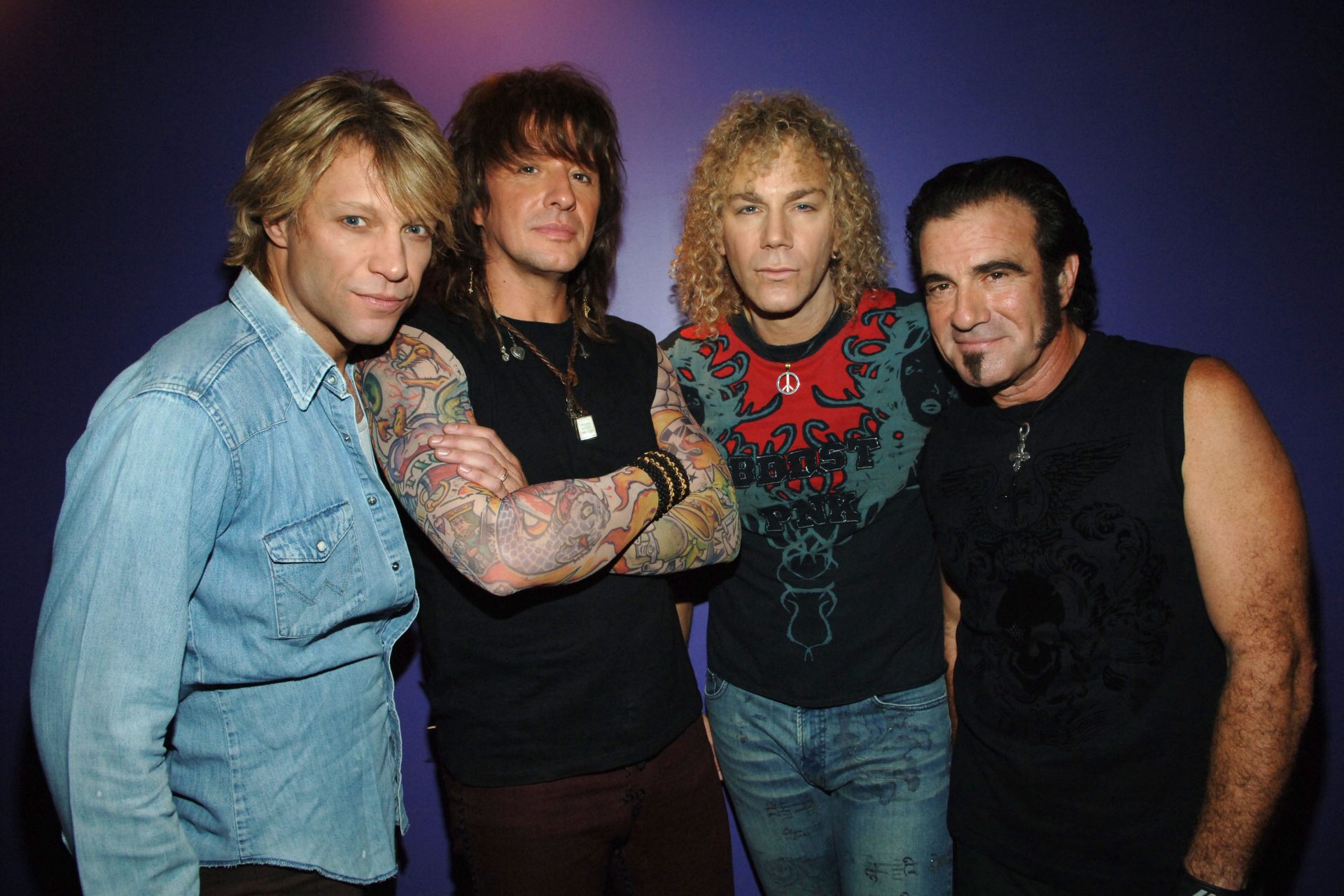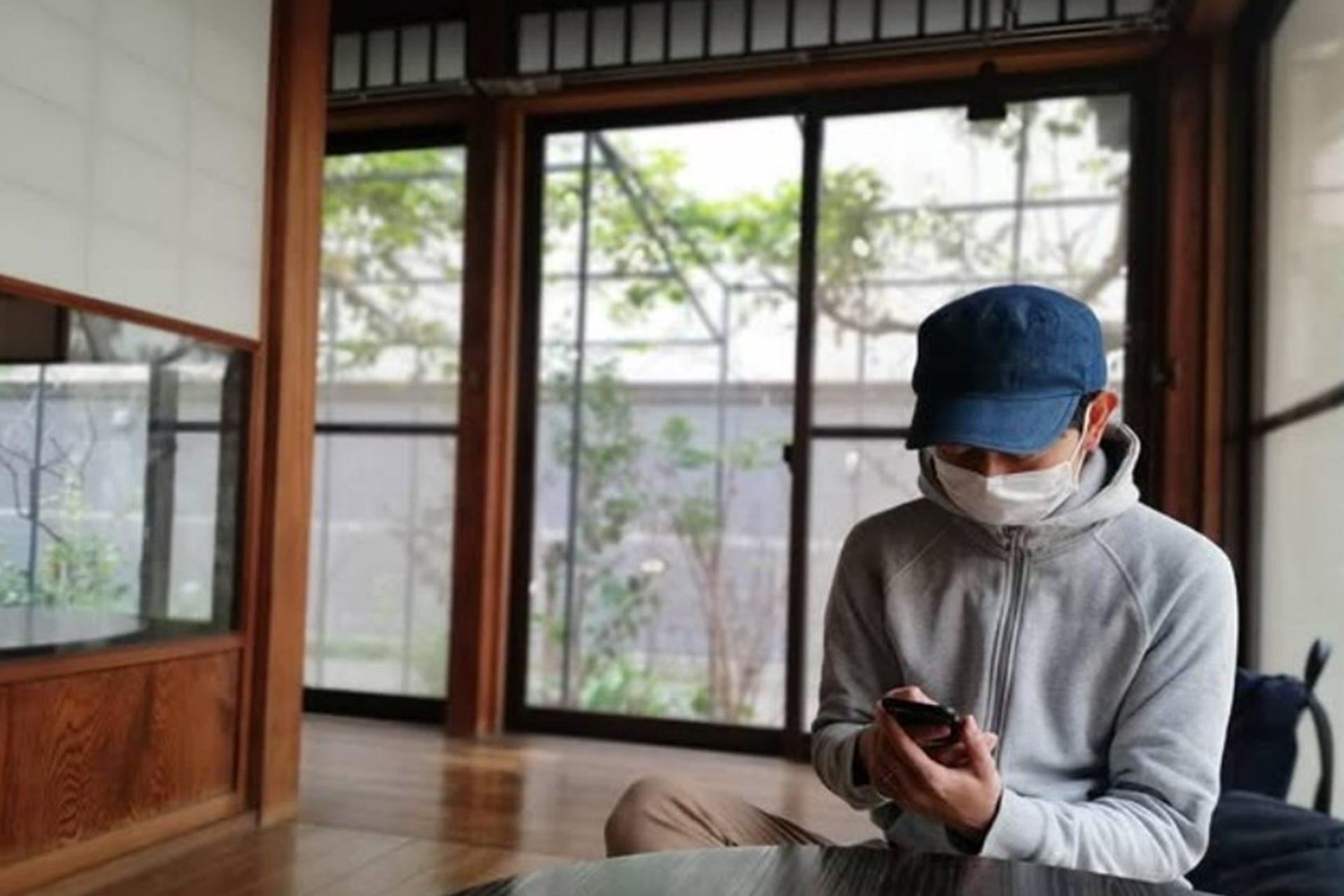Meet the Grand Duchy of Luxembourg, the least-known monarchy in Europe!
The Grand Duchy of Luxembourg is nestled in the heart of Western Europe, between France, Belgium, and Germany. This 2,586-square-kilometer (1,000-square-mile) country is one of the European states that have retained a monarchical regime, along with the United Kingdom, the Netherlands, and Spain.
Let's see how much you know - if anything - about one of the smallest monarchies in Europe!
The palace of Luxembourg (in the capital of the same name as the country) was founded in 963. Over the centuries, the territory was annexed by France, Austria, and Spain, and various parts of the county of Luxembourg remain ceded to surrounding countries.
In 1815, Luxembourg became the 'Grand Duchy' it still is two centuries later. It became fully independent in 1839.
Image: Danielle Rice / Unsplash, edited by Showbizz Daily
Today, Luxembourg is a parliamentary monarchy whose crown is hereditary in the house of Nassau. Since the rise to the throne of Jean, the son of Grand Duchess Charlotte who was married to a member of this family, the crown has been in the house of Bourbon-Parma.
The Grand Duke has various attributions: he is the Head of the Luxembourg State, the representative of his country, and the guardian of its independence and unity. He appoints the government on the basis of the results of democratic elections, receives state visits, and represents his country abroad, for example in international affairs.
In the photo, Grand Duke Henri of Luxembourg stands to the left of Spanish prime minister Pedro Sanchez.
It is customary at the court to address the members of the Grand Ducal family with 'Royal Highness' or 'Monseigneur' / 'Madam'. The 'Wilhelmus' is the family anthem: it sounds as soon as one of its members joins or leaves a ceremony.
The Nassau family name, the anthem with the same title as the Dutch anthem ('Wilhelmus'), and the similarities between the colors of their national flags may cause confusion between the countries and palaces of Luxembourg and The Netherlands.
In this photo, from a meeting of the Benelux (Belgium, Netherlands, Luxembourg), you can see the difference between the dark-blue-colored Dutch flag on the left and the lighter-blue-colored Luxembourg flag on the right.
The current Grand Duke is Henri of Luxembourg, son of Jean. Born in 1955, he acceded to the throne in the year 2000. He is the eldest son of five children.
Henri, in turn, had five children from his marriage with Maria Teresa Mestre: Prince Guillaume, the current Hereditary Grand Duke, Prince Félix, Prince Louis, Princess Alexandra, and Prince Sébastien.
After completing his secondary studies in Luxembourg and France, Henri joined the Royal Military Academy of Sandhurst in the United Kingdom, where he graduated with the rank of officer in 1975. He then studied political science at the University of Geneva, where he met his future wife.
While he was still merely a Hereditary Grand Duke, Henri chaired the Economic Development Committee, through which he promoted Luxembourg's image internationally and attracted foreign investments.
In 2000, his father, Grand Duke Jean, decided to abdicate at the age of 79. He had reigned for 35 years.
As Henri was sworn in, he emphasized the values that he wished to see at the center of his reign: "the foundations of our civilization are solidarity, justice, tolerance, respect for others and humanity."
Beyond the frequent institutional contacts (visits of foreign Heads of State, and the appointment of members of the government), HRH the Grand Duke engages with the economic, social, cultural, and sports scenes of the country through numerous meetings.
Being in touch with the average Luxembourger (a population of around 640,000) is important to him.
The Grand Duke is an inveterate sportsman: he practices swimming, tennis, skiing, sailing, and motorcycling while continuing the family tradition of hunting. In 1998, he joined the International Olympic Committee (IOC). He regularly attends the Summer and Winter Olympics to support Luxembourg athletes.
Henri's wife was born in 1956 in Havana. She left Cuba with her family during the Castro revolution and grew up in New York, then in Spain where her family originated, and finally in Geneva. She gained the title of Grand Duchess of Luxembourg when her husband ascended the throne in 2000.
Through the Grand Duke and Grand Duchess Foundation, she is involved in many humanitarian and social causes, such as the patronage of the Luxembourg Red Cross and actions against violence against women and girls. She also promotes the development of microfinance and female entrepreneurship.
The eldest son of Grand Duke Henri and Grand Duchess Maria Teresa is HRH Prince Guillaume Jean Joseph Marie, the Prince of Luxembourg, Nassau, and Bourbon-Parma. He is the heir to the Grand Duke. Born in 1981, he married Countess Stéphanie de Lannoy in 2012. The couple had a son, Charles, in 2020.
Alongside his many institutional and representational activities, the Grand Duke's heir is passionate about music and practices many sports, such as skiing, swimming, and water sports.
The Hereditary Grand Duchess is a graduate of Germanic literature from the University of Louvain in Belgium. She trained in art history at the Sotheby's Institute and also carries out missions in the economic field. Stéphanie participates very actively in the promotion of crafts while also devoting herself to her new role as a mother.
Born in 1984, the second son of Henri and Maria Teresa is Prince Félix of Bourbon-Parma. He married Claire Lademacher in 2013, with whom he had two children: Amalia (2014) and Liam (2016). Alongside his official activities for the monarchy, he manages a wine estate in the south of France and launched a brand of children's clothing with his wife and friends.
Born in 1986, HRH Prince Louis is the third child of the Grand Duke and Grand Duchess. He is the father of two children from his first marriage. An aeronautics enthusiast, he has carried out several humanitarian actions. Personally suffering from dyslexia, he launched several initiatives related to psychosocial disorders and launched his own mediation business in 2020.
The only daughter of the Grand Ducal couple, Princess Alexandra, was born in 1991. She studied in the United States, Paris, and Dublin. Passionate about the variety of cultures and religions of the world, she specialized in conflict resolution in interreligious contexts.
Born in 1992, Prince Sébastien is the youngest of the five children of the Grand Duke of Luxembourg. After working in sustainable forest management, he underwent the same officer training as his father in the UK and currently commands a platoon of the Irish Guards. In fact, it was in this regiment that his grandfather Jean fought during the Second World War.
Image: Sophie Margue / Maison du Grand-Duc
The old town of Luxembourg, the former Town Hall, now the Grand Ducal Palace, is the official residence where the Grand Duke exercises his functions. The reigning family lives in the castle of Berg, in the Alzette valley. The Hereditary Grand Duke and his family reside at Fischbach Castle.
In 2010, Henry of Luxembourg amended the Family Pact of the House of Nassau, replacing male primogeniture with absolute primogeniture in the order of succession to the throne. From now on, the crown goes to the Grand Duke's first child, whether male or female.
A survival from an earlier age, the Luxembourg monarchy is a symbol of prestige and unity for many people in the tiny state. It is established in the life of the country, like other European monarchies. The future will tell what the reign of Grand Duke Guillaume and, afterward, his son Prince Charles, will look like.







































